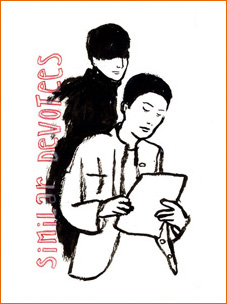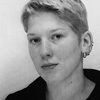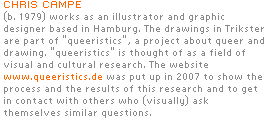| |||||||
 | |
It was very crowded at the Copenhagen Queer Festival in July 2007. And it got even more crowded as the days passed from Monday to Sunday. By the end of the week there were about 200 people in the old building that usually houses a school for juggling and acrobatics. They had come from all over; some knew each other from other queer occasions and festivals. The biggest part of them were staying on the festival grounds, 30 to 50 people were sharing each of the three “sleeping spaces” – large halls that during the rest of the year are being used for acrobatic practice. Already in one of the first daily morning meetings an announcement was made that “loud sex in the sleeping spaces” was not allowed (there had be complaints). By the end of the week, at five o’clock in the morning, someone ran down the narrow hallway hollering, “I mean seriously, this is a queer festival! We should not accept people not having sex!” It’s strange to go to a queer festival – a gathering that is all about meeting people and being in contact, about performance and music and video and dressing up and partying and sex – and then sit in a corner and do a thing as solitary and old-fashioned as drawing. I sometimes think of it as “taking drawings” instead of “taking photos”. It’s just a slower, more personal way of recording my surroundings. But since drawing takes some time, when I draw, I also withdraw. I step back and get into a kind of cocoon of concentration. I drew the second series of drawings in my sketchbook in September 2006 at a queer theory conference in Warsaw, where Judith Butler was the keynote speaker. I like to go to theory conferences to listen to what is being said while I draw. I only understand half of it and I am happy that I am only there to draw and to pick up some quotes instead of having to produce theoretical texts. I write down single sentences I hear, because taken by themselves they are often strange and sometimes absurd. Understanding things only half way or not at all opens a space in the head for imagined meanings. When I don’t understand something I try to make sense of it by myself, and often these explanations are quite original and lead to further thinking and inventiveness. I am a friend of the undefined and it’s easy to create indefiniteness with a combination of text and drawing. Lines are very concrete – they are either there or they are not. Words have a certain, mostly specific meaning. Combining the two allows for an opening of a space between text and image that gives room for more than one understanding. This is how I imagine queer: a space in which things can happen. If there is something queer about my drawings it’s in the space that opens up between text and image, and in the things that can take place in that space. | |




